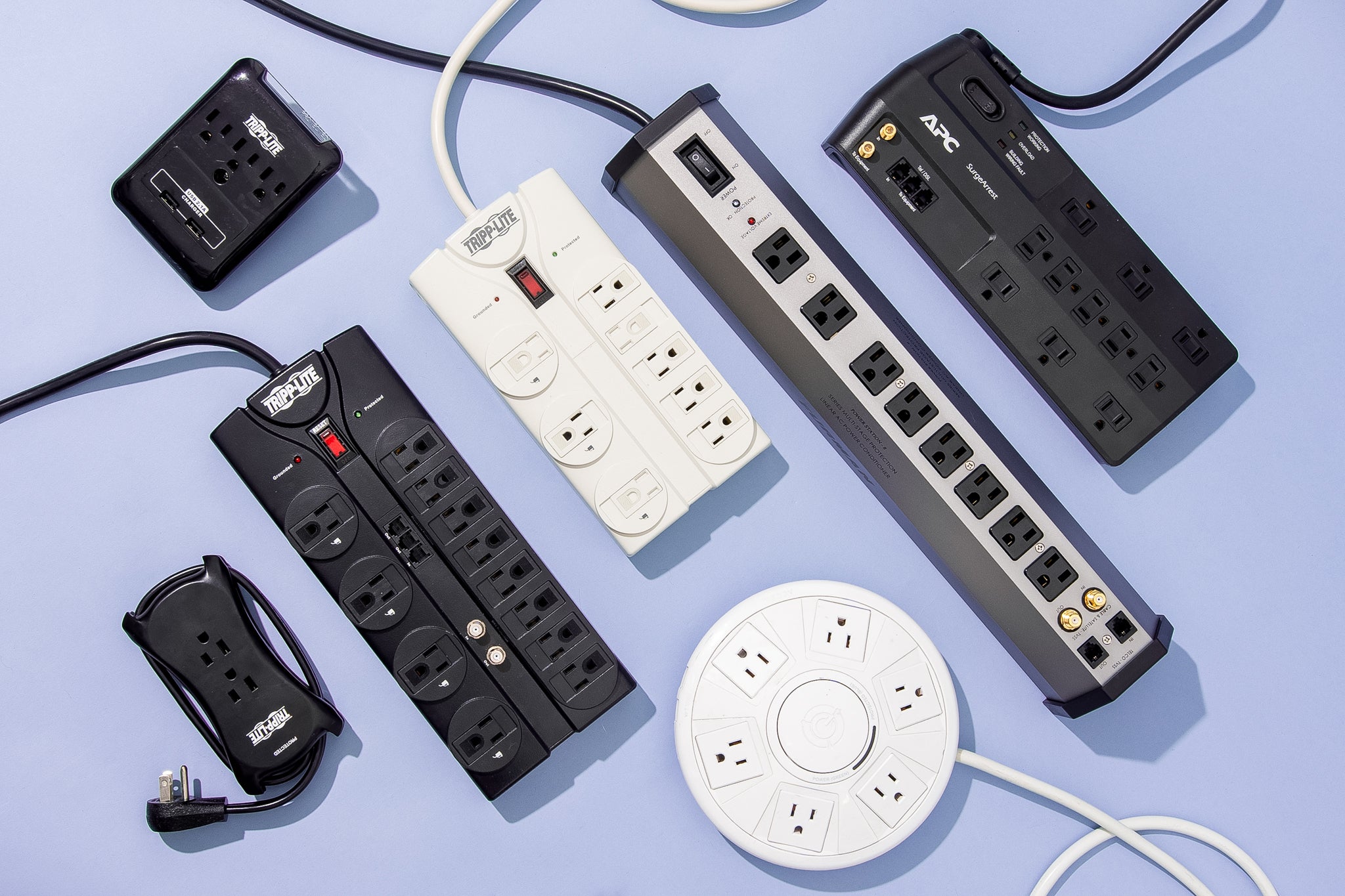Surge arresters and surge protectors work by intercepting electricity that would otherwise go through walls, doorways, windows, and other electrical devices. They do this by creating a “surge” of current, which is the amount of electricity flowing through a particular circuit. In most cases you should never turn off your electrical device unless. It’s something very basic like a light or a small appliance like a curling Iron.
Even then, you should only turn them off for an extended period of time so that they can cool down first before switching on again. This is because electric outlets are often found in un-air-conditioned buildings. So over-zealous air conditioners can cause power surges that can damage electrical equipment or arc-weld heat into metal surfaces. If you own a property where others live or work, you may have to share electrical wiring with them.
A surge protector prevents these neighboring properties from causing electrical discharges at your place of business by providing an external buffer against voltage surges excess voltage that might be caused by lightning storms or faulty wiring at their endpoints. An electrician might replace the surge protector in your office building. If it’s damaged by the adjacent tenants (as opposed to the property owner); but even then. It’s not necessarily necessary as there are better options out there.
Recommended: Find out the comparison between Surge Arrester vs. Surge Protector!
What is a Surge Protector?
A surge protector is an electrical device that can regulate and/or limit the amount of electricity sent to an electrical device or device depending on the level of threat. It does this by creating an “eddy current” with its own electricity flow, which diverts the electricity that would otherwise go through the walls, doors, etc. by creating an “attendant” current.
While it might sound like a good idea to send all of your electricity through a single circuit. Especially if you’re using a surge protector in an office building, you should only turn off your electrical devices when they’re not in use. This is to prevent the risk of arcs and other forms of open-ended circuit damage. If you own a property where others live or work, you may have to share electrical wiring with them.
A surge protector prevents these neighboring properties from causing electrical discharges at your place of business by providing an external buffer against voltage surges – excess voltage that might be caused by lightning storms or faulty wiring at their endpoints. An electrician might replace the surge protector in your office building if it’s damaged by the adjacent tenants (as opposed to the property owner); but even then, it’s not necessarily necessary as there are better options out there.
Why Are Surge Protectors Important?
Surges can disrupt power grids, causing blackouts and delayed or downed service. They can also damage or destroy electrical equipment and cause fires. A properly operating surge protector can prevent these risks by keeping a buffer between you and the power grid so that you aren’t over-energized (i.e. drawing too much current) and frying your electrical equipment.
Most home and commercial surge protectors are “isolated” meaning that the current doesn’t come back the way it came from the device – and this is why you need to unplug from the wall if you’re not using the device.
If you have a surge protector in your house or office building, you’re essentially “isolating” yourself from the rest of the grid by protecting only the devices that are plugged into the unit. The same protection goes for your digital devices – no matter how “earthed” they are, you need an isolating surge protector to prevent high-energy surges from harming your electronics.
How Does a Surge Protector Work?
A surge protector works by creating a “surge” of electricity, which is the amount of electricity flowing through a particular circuit. It does this by creating an “eddy current” with its own electricity flow, which diverts the electricity that would otherwise go through the walls, doors, etc. by creating an “attendant” current.
The “attendant” current is the current that keeps your devices from getting fried by excess electrical current. The “eddy current” created by a surge protector, along with a “bias” current from the earth (used to provide “grounding”), together make up a “cycle” of electricity that’s “protected” against by the device.
Surging Issues and the Homeowner’s Guide
When you first install a surge protector, you’ll need to ensure that it meets certain standards. It must be able to handle “severe” surges (i.e. more than 10 times the average household surge), and it must be able to “clear” a surge quickly so that you don’t lose power in the process. Additionally, since surge protectors are “always on,” they need to be “always connected” to a power source.
While plugging a surge protector into an “off” power source won’t cause a “surge,” it’ll just draw power from the “off” side and “idle” the device, preventing it from being fully charged. Homeowners can check online to see if their specific model of surge protector meets current safety standards; otherwise, you can contact the manufacturer for a “compliant” version of the product.
If you’re unsure how to hook up a surge protector, an electrician can usually supply a “surge” test outlet for you to test the equipment. If it passes, then you can go to “load” – which is the amount of electricity flowing through the outlet – to ensure that it’s below “free” (where it can safely draw current) so that you don’t risk frying your devices.
Conclusion
Surges can be a serious danger to your family and your home. They can cause damage to your appliances and circuit-breaker panels. Damage your roof and electrical equipment, and even cause a fire. Preventing a surge from occurring in the first place is the best way to protect your property. The best way to do this is with an efficient electrical system and surge protection devices. Learn more>>>



